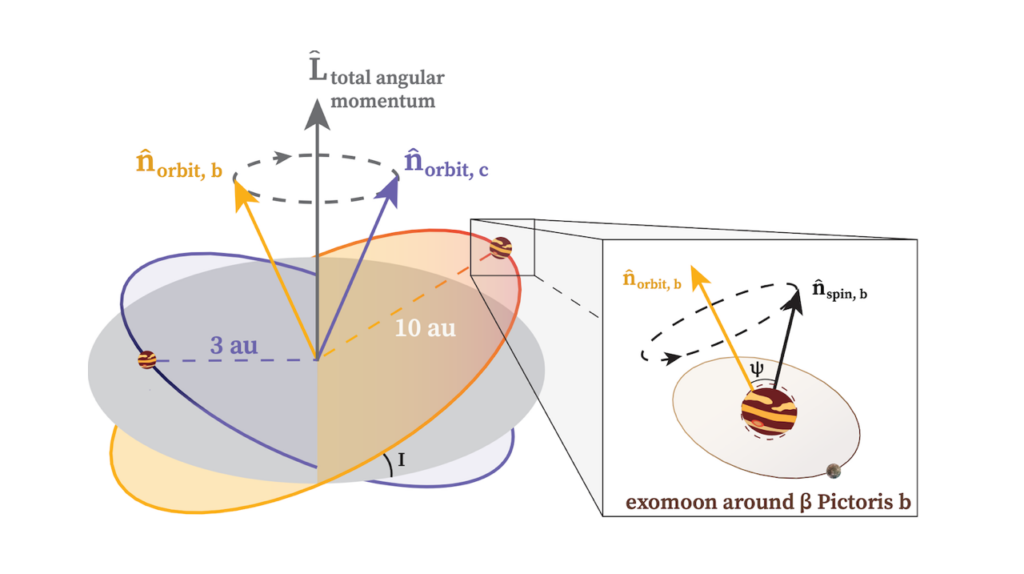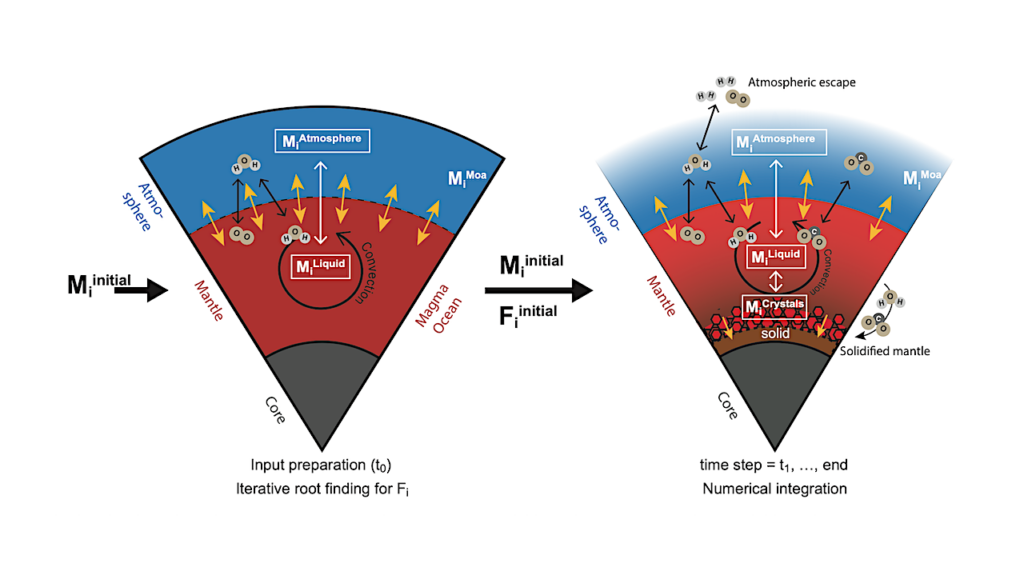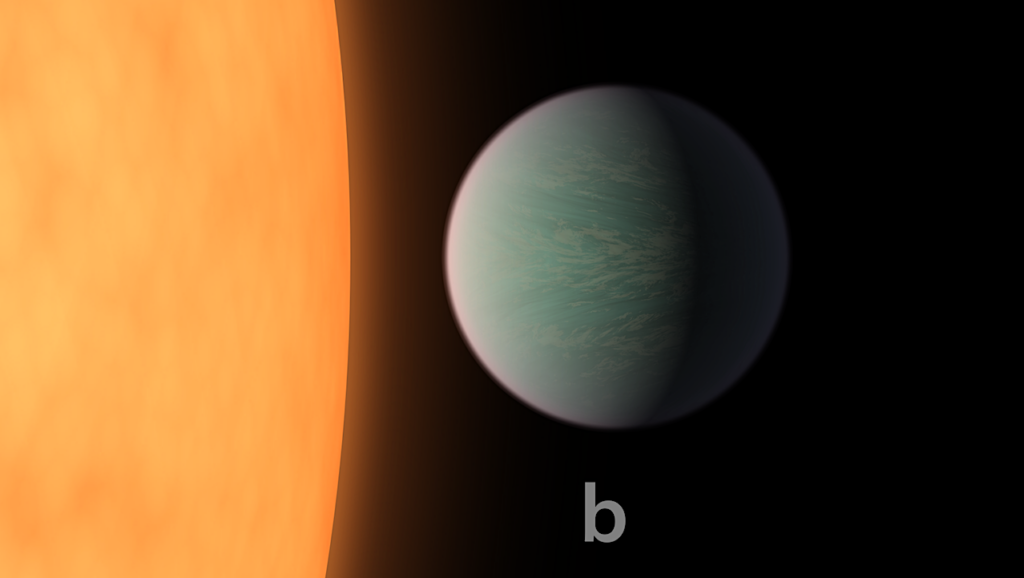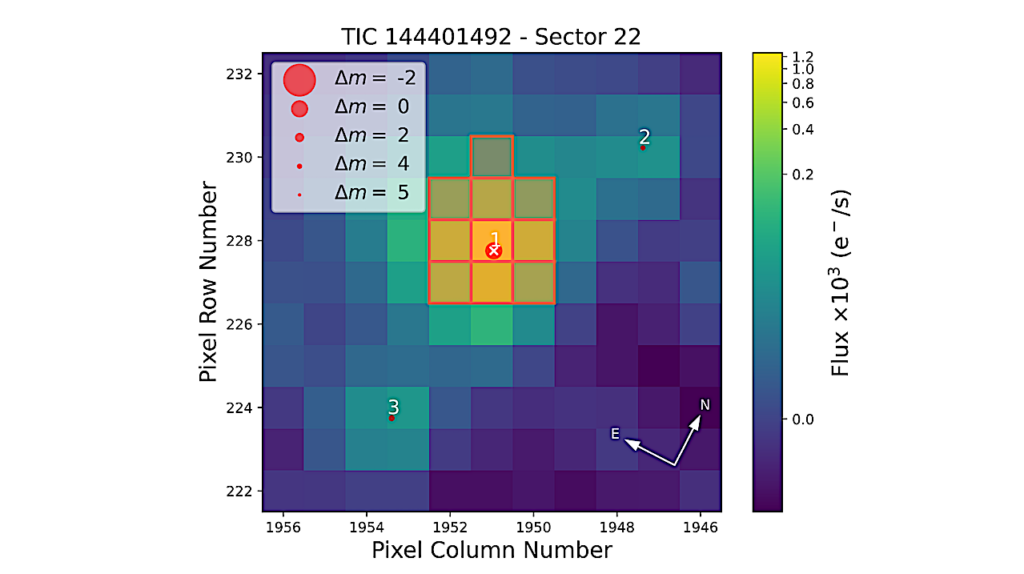Automation Of Transiting Exoplanet Detection, Identification and Habitability Assessment Using Machine Learning Approaches

We are at a unique timeline in the history of human evolution where we may be able to discover earth-like planets around stars outside our solar system where conditions can support life or even find evidence of life on those planets.
With the launch of several satellites in recent years by NASA, ESA, and other major space agencies, an ample amount of datasets are at our disposal which can be utilized to train machine learning models that can automate the arduous tasks of exoplanet detection, its identification, and habitability determination. Automating these tasks can save a considerable amount of time and minimize human errors due to manual intervention.
To achieve this aim, we first analyze the light intensity curves from stars captured by the Kepler telescope to detect the potential curves that exhibit the characteristics of an existence of a possible planetary system. For this detection, along with training conventional models, we propose a stacked GBDT model that can be trained on multiple representations of the light signals simultaneously. Subsequently, we address the automation of exoplanet identification and habitability determination by leveraging several state-of-art machine learning and ensemble approaches.
The identification of exoplanets aims to distinguish false positive instances from the actual instances of exoplanets whereas the habitability assessment groups the exoplanet instances into different clusters based on their habitable characteristics. Additionally, we propose a new metric called Adequate Thermal Adequacy (ATA) score to establish a potential linear relationship between habitable and non-habitable instances. Experimental results suggest that the proposed stacked GBDT model outperformed the conventional models in detecting transiting exoplanets. Furthermore, the incorporation of ATA scores in habitability classification enhanced the performance of models.
Pawel Pratyush, Akshata Gangrade
Comments: 19 pages, 21 figures
Subjects: Earth and Planetary Astrophysics (astro-ph.EP); Instrumentation and Methods for Astrophysics (astro-ph.IM); Machine Learning (cs.LG)
ACM classes: I.2.m; J.2
Cite as: arXiv:2112.03298 [astro-ph.EP] (or arXiv:2112.03298v1 [astro-ph.EP] for this version)
Submission history
From: Pawel Pratyush
[v1] Mon, 6 Dec 2021 19:00:12 UTC (2,132 KB)
https://arxiv.org/abs/2112.03298
Astrobiology,








